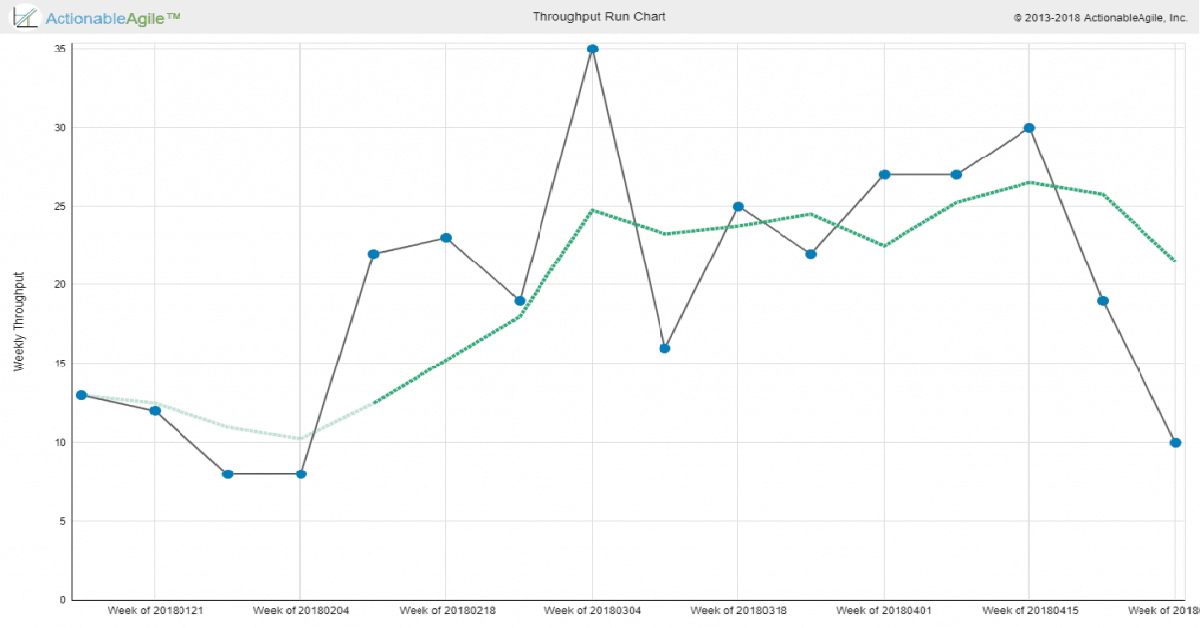
Improving your SAFe™ Implementation with some additional Flow metrics
The Premise
A year ago Scrum.org, in collaboration with Daniel Vacanti and myself, published the Kanban Guide For Scrum Teams, a guide that is aimed at helping Scrum Teams take advantage of Kanban/Flow principles and practices. (I wrote an earlier blog post about understanding the guide)
SAFe™ has included Kanban at all levels since version 4.0. Some basic guidance about Kanban is included in most if not all SAFe curriculums. Can a SAFe practitioner learn anything from the Kanban Guide For Scrum Teams?
In this blog post, I’ll explore some of the flow metrics from the guide with an emphasis on those that aren’t covered in SAFe.








